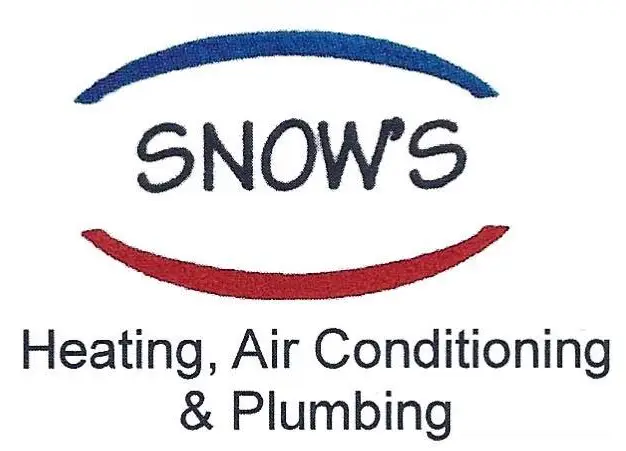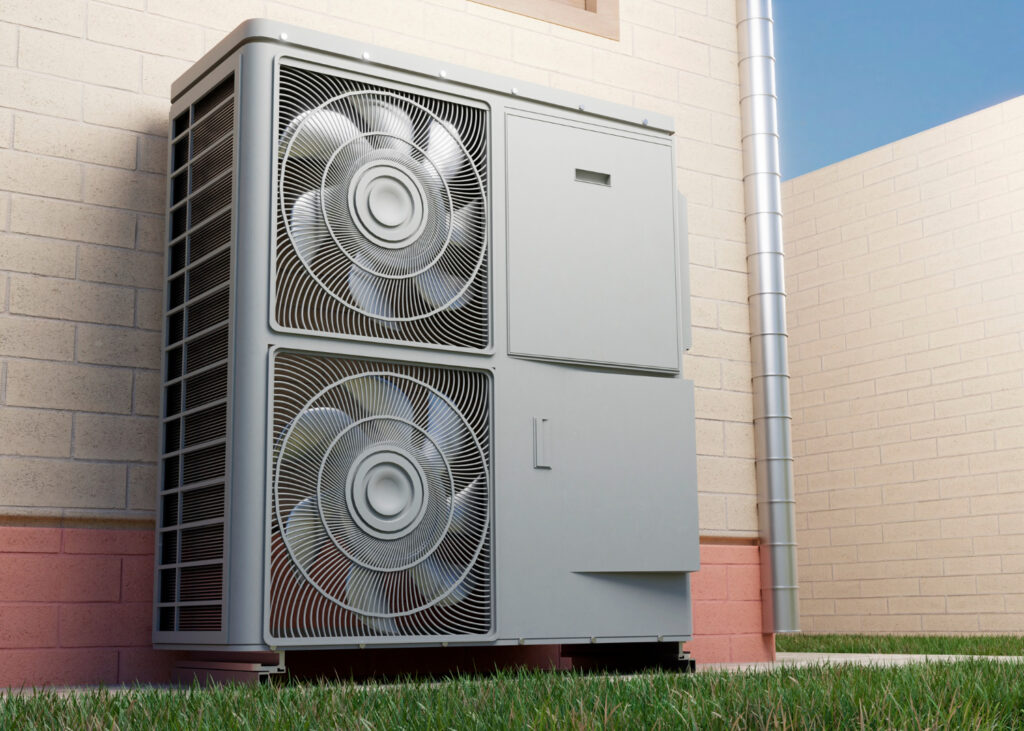Heat pump installation is a critical aspect of new construction projects that requires careful planning and execution. A well-installed heat pump system ensures that your new building maintains a comfortable temperature throughout the year. Heat pumps are known for their efficiency and ability to provide both heating and cooling, making them a popular choice for modern construction.
Understanding the Basics of Heat Pump Installation
Heat pumps are versatile systems designed to provide both heating and cooling, making them an efficient choice for new construction projects. They operate by transferring heat from one location to another, either bringing warmth into the building during the cold months or removing heat to cool the space during warmer months.
The basic components of a heat pump system include the indoor unit, the outdoor unit, and the ductwork. The indoor unit, often called the air handler, circulates air through the building. The outdoor unit, also known as the condenser, works by exchanging heat with the outdoor air. The ductwork distributes the conditioned air throughout the building. In some cases, ductless mini-split systems might be used, which do not require ductwork and are ideal for specific applications.
Understanding how these components work together is essential for a successful installation. Proper placement of both the indoor and outdoor units is crucial to ensure optimal performance and energy efficiency. Additionally, the size of the heat pump must match the heating and cooling needs of the building. A unit that is too small will struggle to maintain comfortable temperatures, while an oversized unit can cycle on and off too frequently, leading to inefficiencies and increased wear.
Key Considerations Before Installation
Before proceeding with heat pump installation in a new construction project, several critical factors need to be evaluated to ensure the system functions effectively.
1. Building Layout and Size: The layout and size of the building are key factors in determining the appropriate heat pump size and type. A well-designed HVAC plan that considers the building’s specific needs will ensure even temperature distribution and energy efficiency.
2. Climate Conditions: The local climate plays a significant role in selecting the right heat pump. Some heat pumps perform better in colder climates, while others are more efficient in milder conditions. Choosing a heat pump that suits the local climate will enhance its performance and longevity.
3. Energy Efficiency: Look for heat pumps with high Seasonal Energy Efficiency Ratio (SEER) and Heating Seasonal Performance Factor (HSPF) ratings. Higher ratings indicate better efficiency, which can lead to lower energy costs over time.
4. Ductwork Design: If your project includes ductwork, ensure it is properly designed and sealed to prevent air leaks. Leaky ducts can significantly reduce the efficiency of the heat pump and lead to higher energy consumption.
5. Integration with Other Systems: Consider how the heat pump will integrate with other HVAC systems such as air filtration units or existing cooling systems. Proper integration can enhance overall system performance and indoor air quality.
Step-by-Step Guide to Installing a Heat Pump in New Construction
Installing a heat pump in a new construction project involves several important steps. Following a systematic approach ensures that the installation is efficient and effective.
1. Choose the Right Heat Pump: Selecting the correct heat pump for your building’s requirements is the first critical step. Look at factors such as the building’s size, climate conditions, and energy efficiency needs before choosing a unit.
2. Prepare the Installation Site: Begin by prepping the location where the indoor and outdoor units will be placed. Ensure that the site is level and free from obstructions. Proper site preparation is crucial for the smooth operation of the heat pump.
3. Install the Indoor Unit: Position and securely mount the indoor unit. Ensure that the indoor unit is installed at a location that facilitates easy air distribution and access for maintenance.
4. Install the Outdoor Unit: Place the outdoor unit on a flat, stable surface. Ensure there is sufficient clearance around the unit for proper airflow and easy access for maintenance.
5. Connect Refrigerant Lines and Electrical Wiring: Connect the refrigerant lines between the indoor and outdoor units. Ensure that all connections are secure and free from leaks. Proceed with the electrical wiring, following the manufacturer’s guidelines.
6. Install the Ductwork: If your system requires ductwork, ensure that it is properly designed, sealed, and insulated. This prevents air leaks and maintains the system’s efficiency.
7. Test the System: Once the installation is complete, test the system to ensure that it operates correctly. Check for any leaks, verify that the refrigerant levels are correct, and ensure that both the heating and cooling functions work as expected.
Common Mistakes to Avoid During Heat Pump Installation
Avoiding common errors during heat pump installation can save time, money, and future headaches. Here are some mistakes to watch out for:
1. Incorrect Sizing: Installing a heat pump that is either too large or too small for the building can lead to inefficiencies and higher energy costs. Always choose a unit that matches the building’s requirements.
2. Poor Placement of Units: Placing the indoor or outdoor units in inappropriate locations can hinder the system’s performance. Ensure that both units have sufficient clearance and are installed in optimal locations.
3. Inadequate Ductwork: Improper design, sealing, or insulation of ductwork can lead to air leaks and reduced efficiency. Make sure the ductwork is correctly installed and well-maintained.
4. Improper Refrigerant Levels: Incorrect refrigerant levels can affect the system’s performance. Ensure that the refrigerant is filled to the manufacturer’s specifications.
5. Neglecting Regular Maintenance: Failing to plan for regular maintenance can lead to system failures and reduced lifespan. Schedule regular check-ups and maintenance with our professionals to keep the system running efficiently.
Conclusion
Heat pump installation in new construction projects requires careful planning and execution. From understanding the system’s basics to avoiding common installation mistakes, each step plays a crucial role in the overall performance and efficiency of the heat pump. Proper execution ensures that the building maintains comfortable temperatures, runs efficiently, and provides long-term benefits.
Our professionals at Snow’s Heating & Air Conditioning are well-equipped to handle all your heat pump installation needs. We offer comprehensive services from initial selection to regular maintenance, ensuring optimal performance and comfort in your new construction project. Contact us today to learn more about how we can assist with your heat pump installation in Orangeville.


